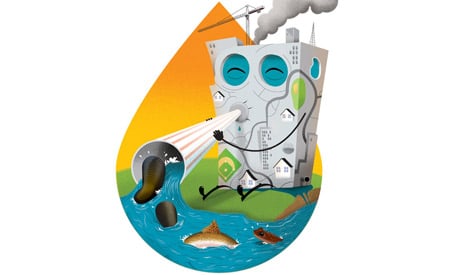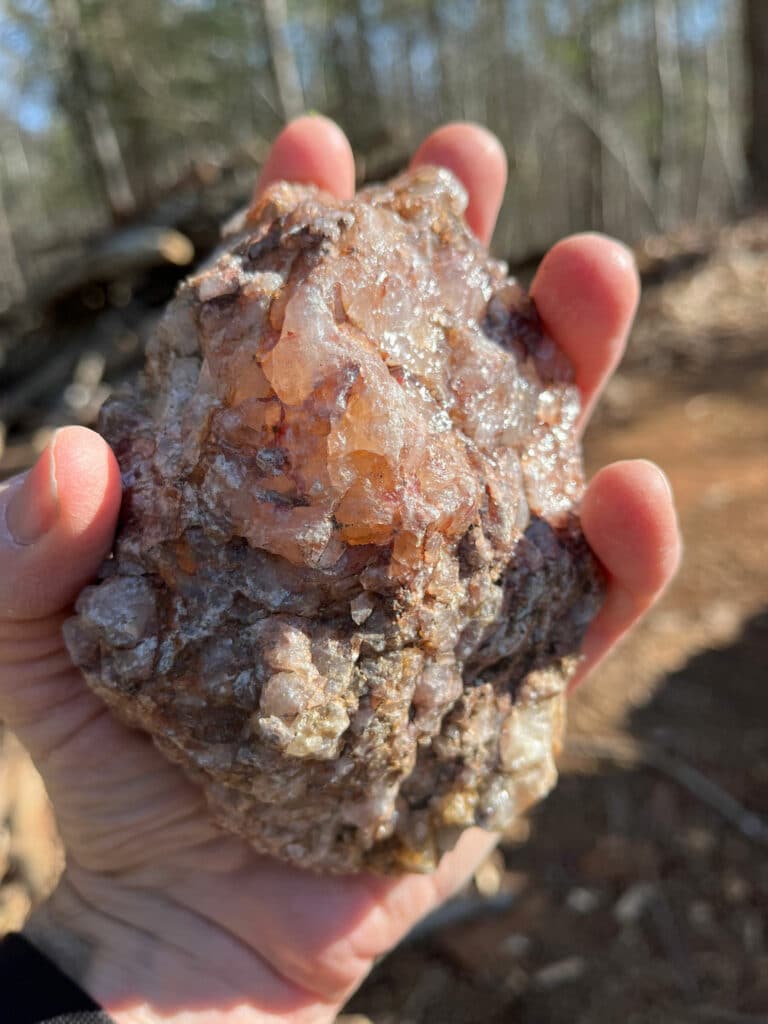KEEP WATER IN THE RIVERS
Save people and snails
Rivers are the lifeblood of our communities, our economies, and the natural areas all around us. It’s been said that if a river is like the body’s circulatory system, water flow is its heartbeat, driving major ecological processes like fish reproduction and migration, and forest health. Healthy flows are critical for a vibrant river and all of the benefits it provides—recreation, biodiversity, productive fisheries, and a clean water supply.
Southeastern U.S. rivers and streams are a global hotspot for aquatic biodiversity—they’re home to an incredible array of native fish, mussels, snails, and other wildlife. Many of our rivers have already lost native species, often due to reductions in water flow from dams and other water diversions. When a river or stream swings unnaturally from flood-like conditions to drought-like conditions—or worse, is dried up completely—the consequences are usually dire for endangered species and the ecosystem as a whole.
We must do a far better job of protecting and restoring healthy flows, especially as the region grows, but this doesn’t have to happen at the expense of thriving economies. With smart water management policies and practices, we can ensure sustainable water supplies for our communities and for our rivers.
Often, natural ecosystems and endangered species function as warning flags for our species. If a river is so strained that it no longer supports native fish, mussels, and other critters, then it’s sending a signal that sooner or later at this rate, it may not be able to support us.
The solutions lie in optimizing our existing infrastructure through water efficiency. Raleigh, N.C., is one of many cities that has seen overall water use drop even while its population has grown, meaning that it never needs to carry out its proposal to build a new dam on the Little River. Strategies like this preserve rivers and secure water supplies for communities while saving bundles of money.
Asking whether we should tap our rivers for growth or leave the water for nature presents a false choice. If we’re smart about managing water, and efficient in using it, we can do both. In fact, we probably have to.
Ben Emanuel is associate director in the Clean Water Supply Program at American Rivers.
DRINKING WATER
Save People, Not Mollusks!
The quickest way to crush a development, water, engineering, or other similar project is to find an endangered species there.
It doesn’t matter if you are rebuilding your home after a devastating hurricane, breaking ground for a new hospital, using desert land for outdoor recreation, or diverting river water to help alleviate the effects of a drought. If a sand crab, flower-loving fly, fringe-toed lizard, or sheepnose mussel is found nearby, the “keep out” signs go up and human activity is stopped in its tracks.
In Atlanta in 2007, in the midst of a devastating drought, billions of gallons of much needed lake water were deemed off limits. That water was instead sent downstream, for the sake of a particular species of mussel. In another case, concern over the heelsplitter mussel led to a moratorium on river water extraction in Mint Hill, North Carolina, leaving residents without access to clean water for eleven years.
These examples aren’t anomalies. They are an expression of the ideas animating the environmentalist movement: That it is wrong for human beings to impact nature, especially if our actions affect endangered species. They consistently prioritize other species above human beings, regardless of what that means for human welfare.
The goal is not to protect nature for human enjoyment—it’s to protect nature from human beings. Forget about enjoying canoeing, swimming or contemplating a tranquil creek. Environmentalists regularly use the Endangered Species Act to limit or ban such activities. Nature, on their view, is intrinsically valuable and even in the process of enjoying it, human beings inevitably stamp their “footprint” on it.
But limiting human beings’ impact on nature harms human beings. Extracting water, for example, is just one of the many feats of engineering that make our lives happier, longer and better. We no longer have to worry about living near to a supply of freshwater such as a river or a lake, because we have the technology to bring that water to where people need it. But if the environmentalist idea that it is wrong to impact nature had been in vogue a century ago, cities such as Phoenix and Las Vegas would have never become anything more than desert outposts.
Human life and happiness requires that we use and transform the world around us. Sometimes that means building flood walls, dams, or extracting water for use in urban areas, other times it means maintaining waterways to enjoy the wildlife naturally found there. But it certainly doesn’t mean sacrificing people to mollusks.
Dr. Amanda Maxham researches public policy issues at the Ayn Rand Institute.








